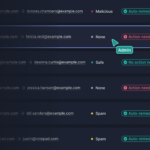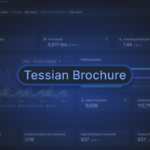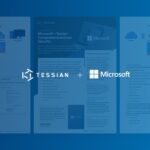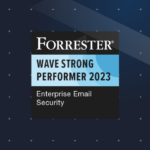Advanced Email Threats
Get up to speed on the latest tips, guides, industry news and technology developments around phishing, spear phishing, Business Email Compromise, and Account Takeover
- All Categories
- ...
-
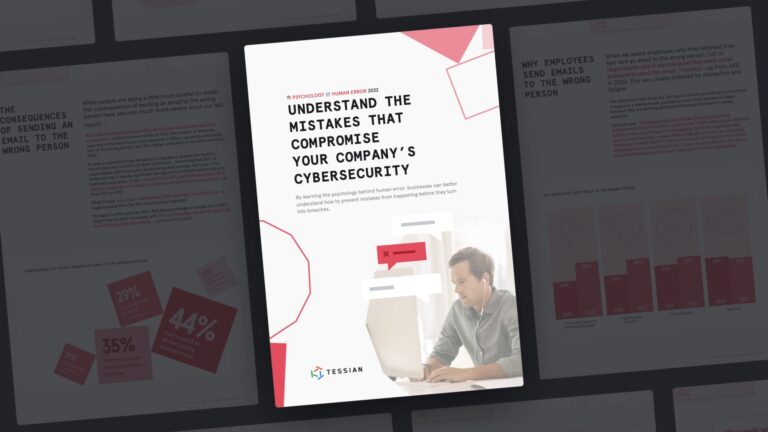 Email DLP, Advanced Email Threats
Email DLP, Advanced Email ThreatsNew Research: One in Four Employees Who Made Cybersecurity Mistakes Lost Their Jobs Last Year
-
 Integrated Cloud Email Security, Email DLP, Advanced Email Threats
Integrated Cloud Email Security, Email DLP, Advanced Email ThreatsBuyer’s Guide to Integrated Cloud Email Security
-
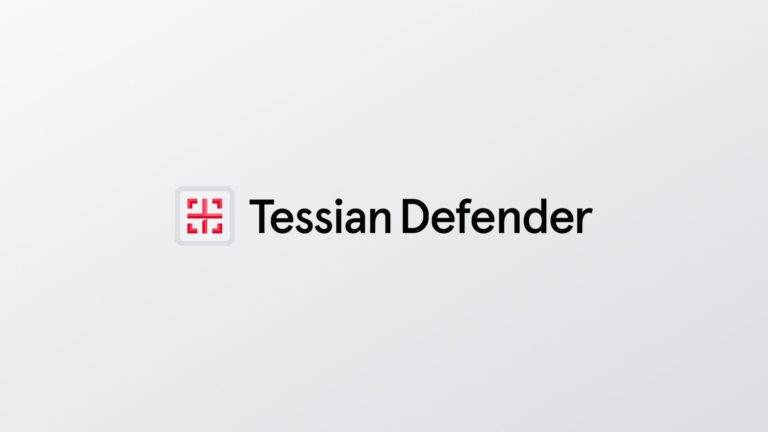 Advanced Email Threats
Advanced Email ThreatsTessian Defender API Deployment and Enhanced Quarantine Capability
-
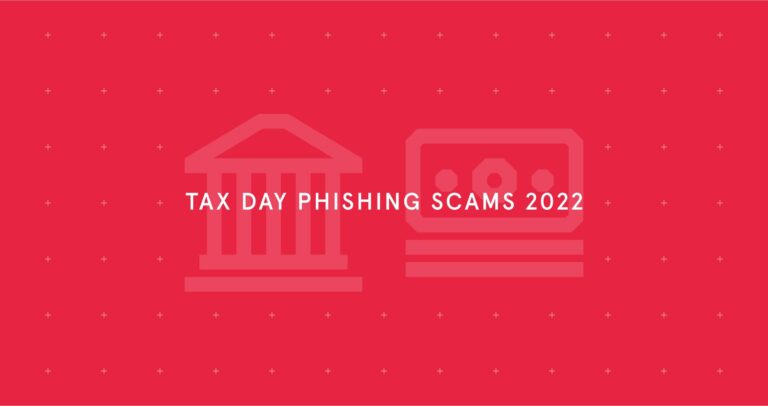 Advanced Email Threats
Advanced Email ThreatsEverything You Need to Know About Tax Day Scams 2022
-
 Advanced Email Threats
Advanced Email ThreatsWhat is Email Impersonation? Everything You Need to Know
-
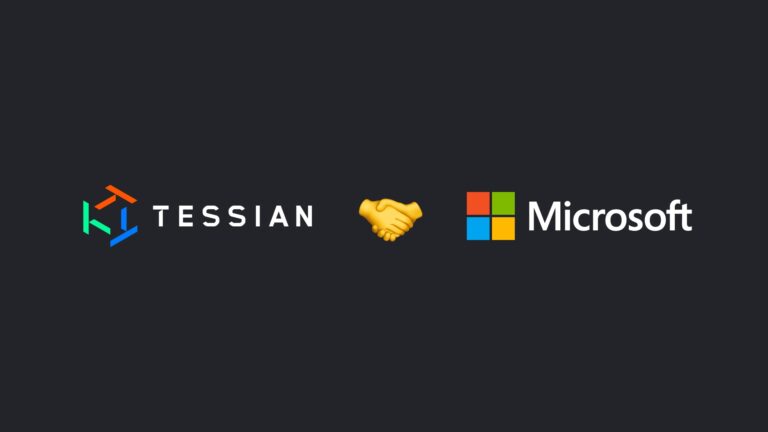 Advanced Email Threats
Advanced Email ThreatsWhy Enterprises Are Replacing Their SEGs With Microsoft and Tessian
-
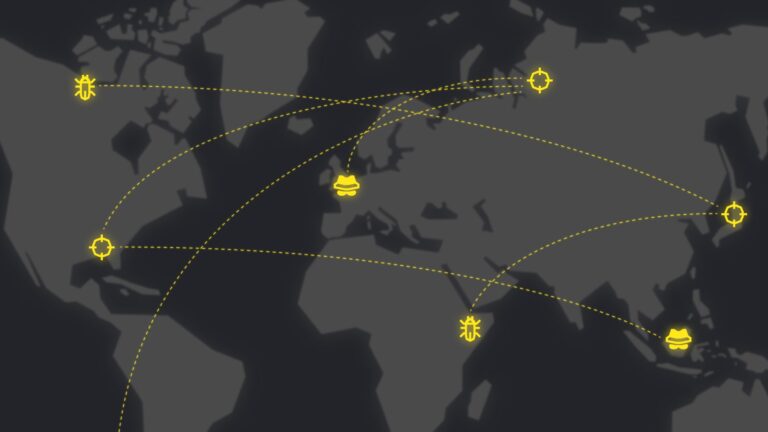 Integrated Cloud Email Security, Advanced Email Threats
Integrated Cloud Email Security, Advanced Email ThreatsNation-States – License to Hack?
-
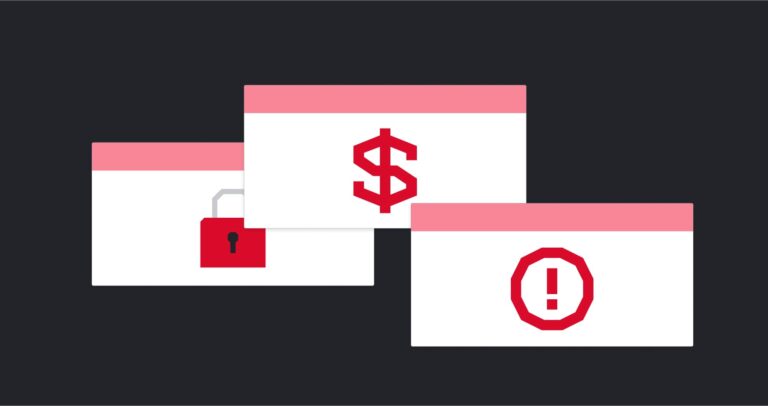 Advanced Email Threats
Advanced Email Threats18 Examples of Ransomware Attacks
-
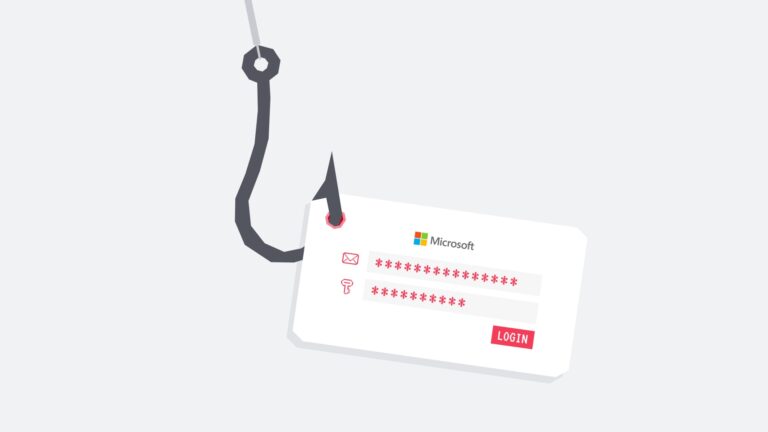 Advanced Email Threats, Threat Stories
Advanced Email Threats, Threat StoriesAnalysis of a Microsoft Credential Phishing Attack
-
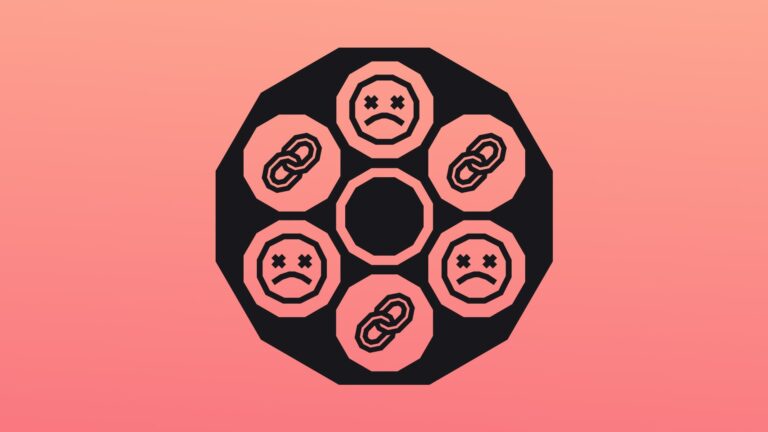 Integrated Cloud Email Security, Advanced Email Threats
Integrated Cloud Email Security, Advanced Email ThreatsPlaying Russian Roulette with Email Security: Why URL Link Rewriting Isn’t Effective
-
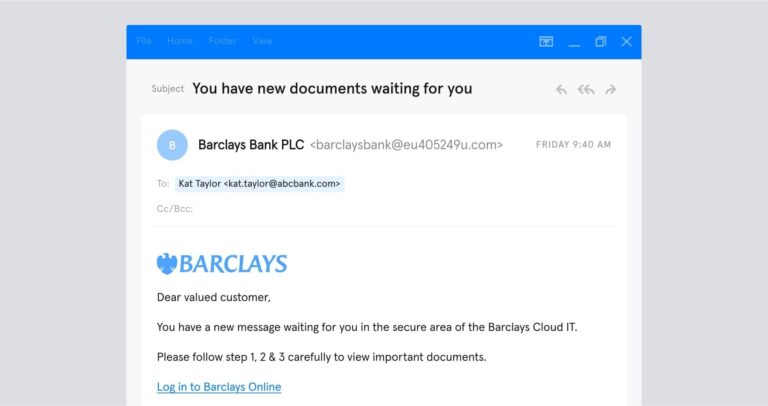 Advanced Email Threats
Advanced Email ThreatsPhishing 101: What is Phishing?
-
 Advanced Email Threats, Threat Stories
Advanced Email Threats, Threat StoriesSpear Phishing Attack Impersonating C-Suite Targets Junior Employees at Law Firm
-
 Advanced Email Threats
Advanced Email ThreatsIt Started With a Click… Huge Rise in Romance Scams for Second Year Running
-
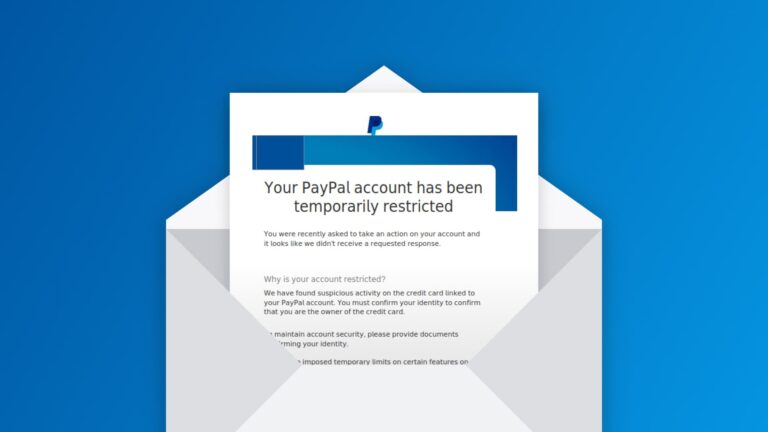 Advanced Email Threats, Threat Stories
Advanced Email Threats, Threat StoriesCyber Criminals Leverage Temporary Block on PayPal Account in Phishing Attack
-
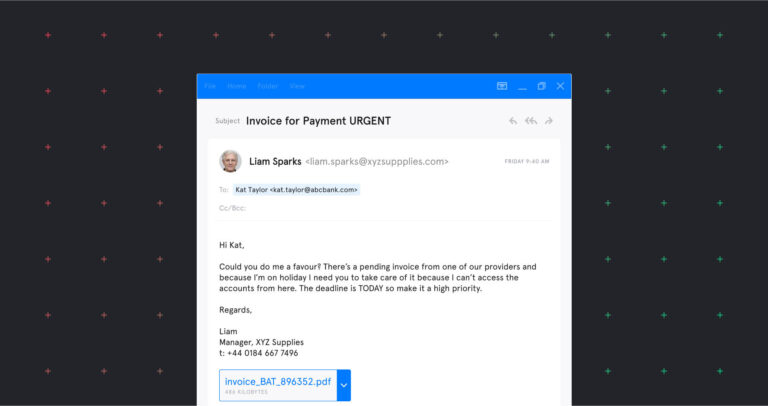 Advanced Email Threats
Advanced Email Threats14 Real-World Examples of Business Email Compromise (Updated 2022)
-
 Advanced Email Threats
Advanced Email ThreatsFive Benefits of Automated Email Security Reporting
-
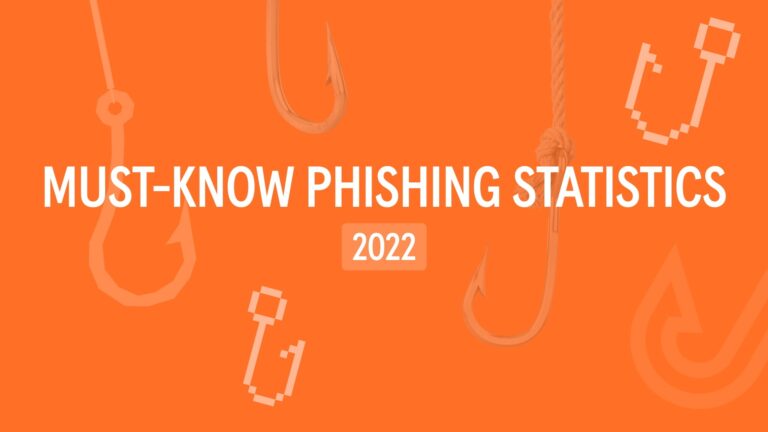 Advanced Email Threats
Advanced Email ThreatsMust-Know Phishing Statistics: Updated 2022
-
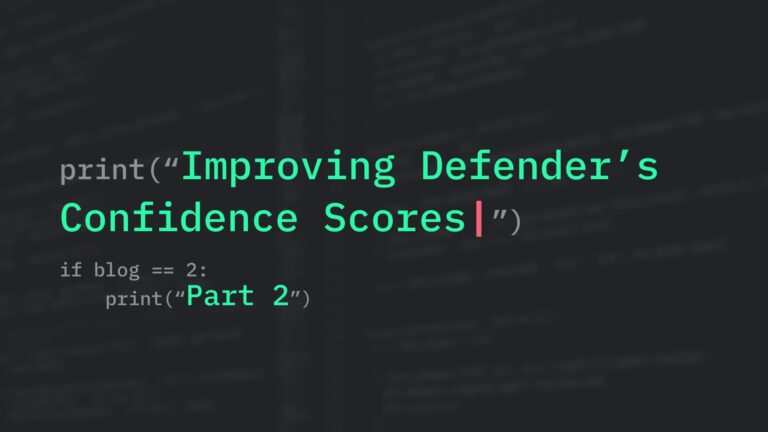 Life at Tessian, Advanced Email Threats, Engineering Blog
Life at Tessian, Advanced Email Threats, Engineering BlogWhy Confidence Matters: How Good is Tessian Defender’s Scoring Model?
-
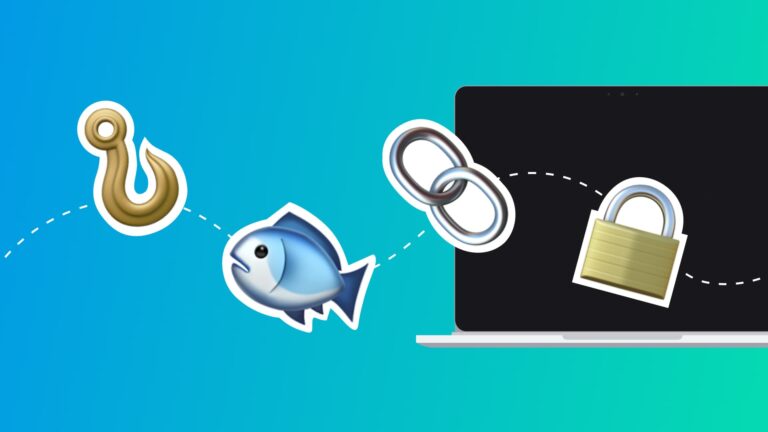 Advanced Email Threats
Advanced Email ThreatsWhat the Ransomware Pandemic Tells Us About the Evolution of Spear Phishing Attacks
-
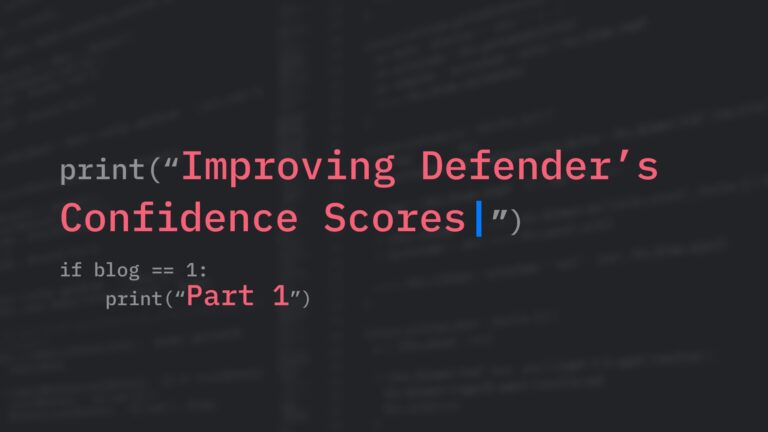 Integrated Cloud Email Security, Life at Tessian, Advanced Email Threats, Engineering Blog
Integrated Cloud Email Security, Life at Tessian, Advanced Email Threats, Engineering BlogWhy Confidence Matters: How We Improved Defender’s Confidence Scores to Fight Phishing Attacks


